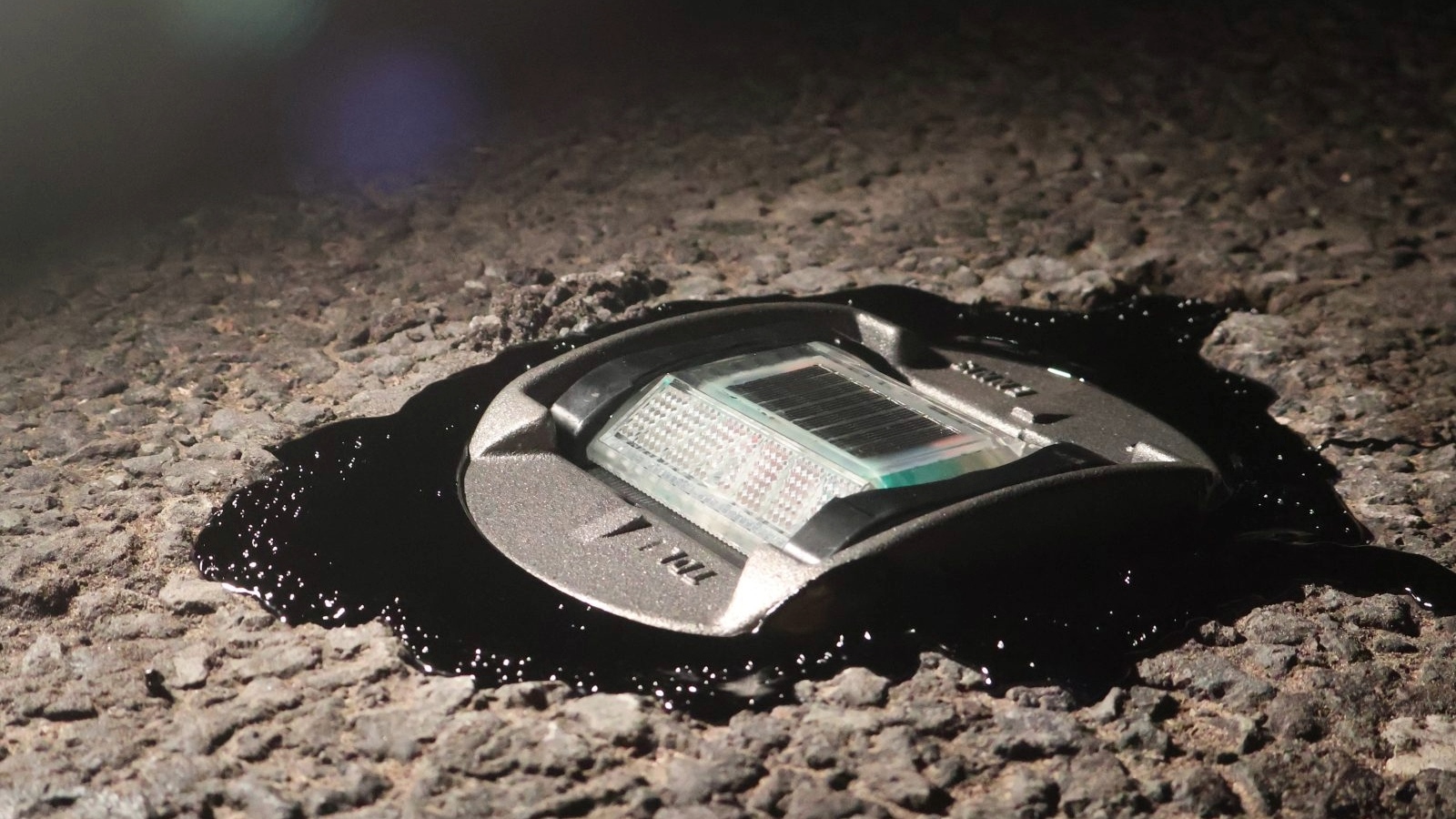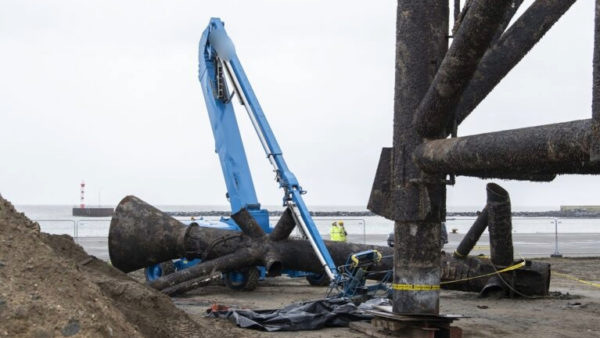
Intelligent transportation system technology company Clearview Intelligence and WJ Group have begun live road trials of solar road studs to get sign-off from the Department for Transport (DfT).
The solar-powered road studs, marketed under the name SolarLite Click, have a design that allows them to be fixed as an inset within a durable cast iron housing, which is then installed into the road surface.
Clearview Intelligence says this provides the benefits of solar-powered LED road studs, such as reducing night-time accidents, improving visibility and acting as a sustainable alternative for street lighting.
Other benefits include clicking into a standard P09 cast iron housing unit, meaning it can be easily removed and replaced when necessary, such as at the end of the SolarLite Click’s life of over eight years, without the need to replace the entire housing.
This prevents further damage being done to the surface through the lifting and filling of road studs. It also reduces the need for further materials to be used by just replacing the inset as the housing will likely last as long as the surface.
Retrofitting in existing housings
Because the stud is housed in a standard product that has already been used across the network, it can be retrofitted to existing housings.
This standardisation also means the application process is well understood and practised, enabling installation rates that match many other products used within the industry, such as the 301 retro-reflective road stud.
Clear Intelligence says SolarLite Click has already undergone an extensive development programme. During its testing, it received over a million wheel-overs which exerted up to 2,000kg of force from HGV tyres and 900kg from car tyres.
The stud has now been deployed for live road trials in the UK to meet the DfT requirements for BS EN1463. Clear Intelligence and WJ Group believe they will gain approval in February 2025.
Comments
Comments are closed.











Firstly, the demo driver should have been using main beam, not dipped beam. Then the old style reflectors would be perfectly OK.
Secondly, the road authorities would be doing their job properly if they just properly repaired the roads and renewed the white road markings.
No testing carried out for motorcycles. Cats eyes as we used to call them can easily knock a bike off balance.
Why are motorcycles never taken into account?